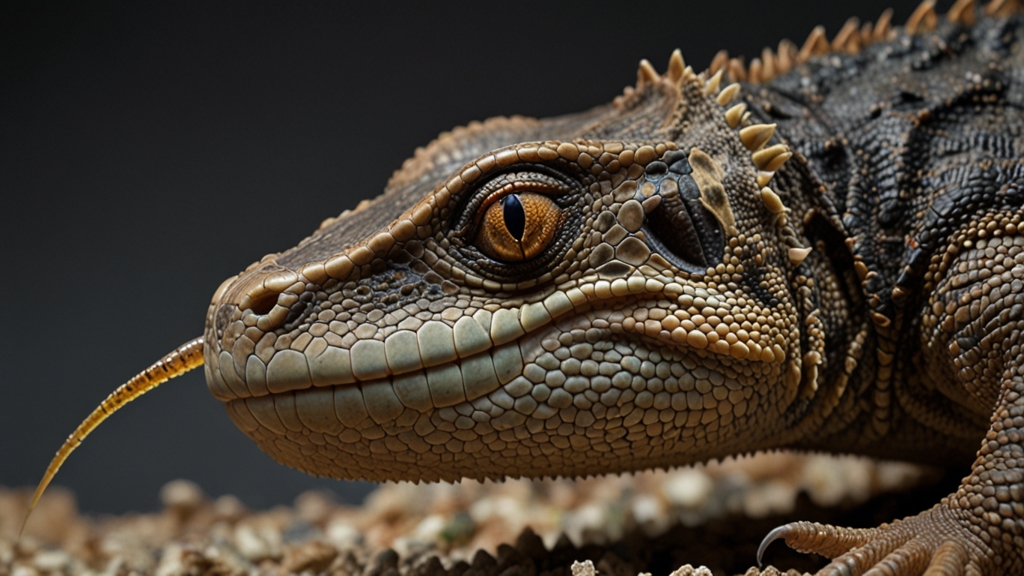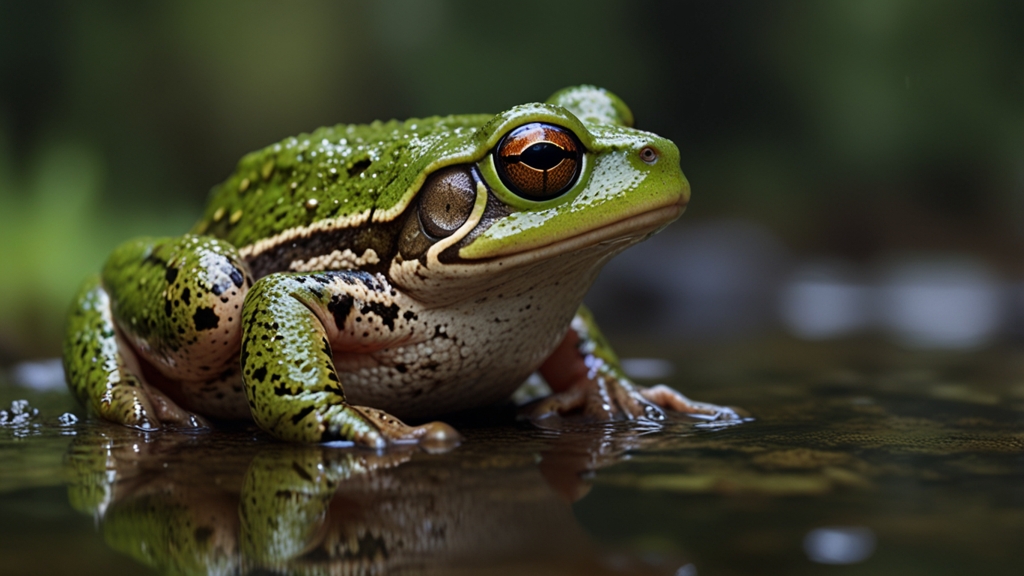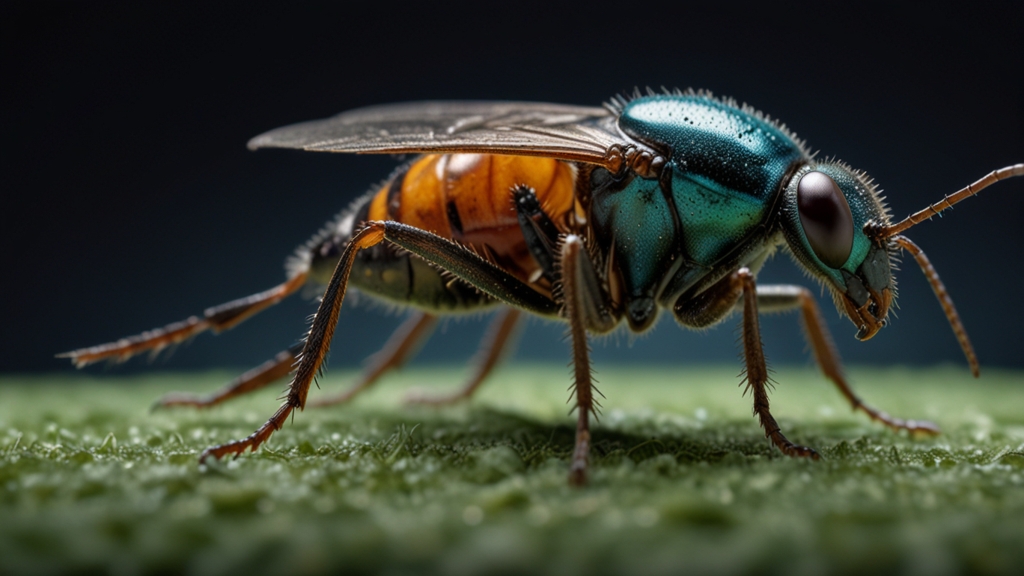Surprising Social Lives of Reptiles: More Than Meets the Eye
Reptiles often conjure images of solitary, cold-blooded creatures that are largely indifferent to the world around them. However, recent research is beginning to paint a different picture of these fascinating animals, revealing that their social lives are more intricate and nuanced than previously understood. While reptiles might not display social behaviors as overt as those seen in mammals and birds, they do exhibit a range of interactions that suggest a complex social dynamic.
Communication and Interaction
Many reptiles engage in various forms of communication that facilitate interaction among individuals. For instance, visual displays such as head bobbing and vibrant coloration are commonly seen in lizards. These behaviors are not just random acts but carry specific messages related to territory, mating, and hierarchical status. Chemical communication is another critical avenue for reptiles, where scents and pheromones play a crucial role in conveying information about an individual's identity, reproductive status, and even emotional state.
“Reptiles have been unfairly categorized as simplistic and unsocial animals. The more we study them, the more we discover their rich and complex social behaviors,” says Dr. Jane Smith, a herpetologist at the Global Reptile Research Center.
Parental Care and Social Bonds
Reptilian parenting is another area that defies long-standing assumptions. Some species, like the American alligator and various skinks, exhibit commendable levels of parental care. Female alligators, for example, are known to guard their nests fiercely and even assist their young in reaching the water after hatching. Certain lizard species have also been observed forming family groups, where juveniles may receive protection and support from both parents.
Research on the social bonds among reptiles is still in its infancy, but there is growing evidence that some species form enduring relationships. Studies on gregarious lizards and tortoises have shown that these reptiles often prefer the company of specific individuals, suggesting the presence of social preferences and possibly even friendships.
“It's fascinating to observe reptiles exhibiting behaviors that indicate social preferences. This challenges the notion that they're purely driven by instinct and have no capacity for social interaction,” notes Dr. Alan Johnson, a behavioral ecologist.
Cooperative Behaviors
Another surprising aspect of reptilian social lives is the presence of cooperative behaviors. Crocodiles, for instance, have been documented engaging in group hunting, where individuals coordinate their actions to trap and capture prey more effectively. This level of cooperation is remarkable and indicates a high level of cognitive function and social interaction.
Even within reptile species that are generally considered solitary, instances of cooperation and social tolerance have been observed. Snakes, for example, have been seen basking in groups to thermoregulate more efficiently, and there are reports of certain species sharing burrows during hibernation or harsh weather conditions.
Implications for Conservation
Understanding the social complexities of reptiles has significant implications for their conservation. Knowing that these animals have intricate social structures helps in designing more effective conservation strategies. For example, preserving family groups and social networks could be crucial for the success of reintroduction programs. Additionally, recognizing the importance of social behaviors can lead to better habitat management practices that consider the social needs of these species.
“Acknowledging the social dimension of reptiles is essential not just for academic knowledge but for practical conservation efforts. It makes a substantial difference in how we approach and implement conservation strategies,” emphasizes Dr. Maria Lopez, a conservation biologist.
Conclusion
The social lives of reptiles are indeed more complex and surprising than traditionally believed. From intricate communication methods and parental care to cooperative behaviors and social bonds, these fascinating creatures continue to challenge our understanding of animal behavior. As research progresses, we can expect to uncover even more about the hidden social lives of reptiles, shedding light on their intricate world and helping to ensure their conservation for future generations.










